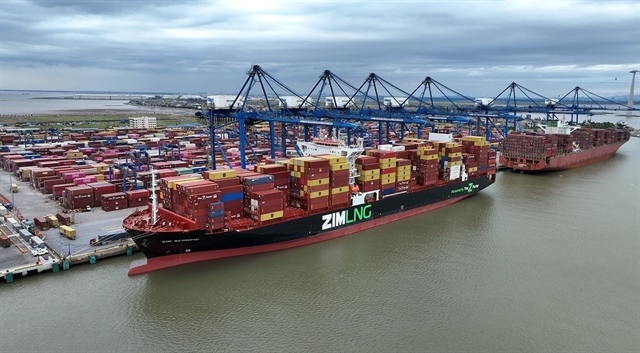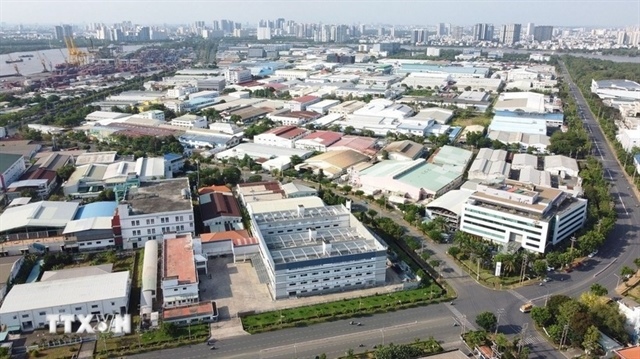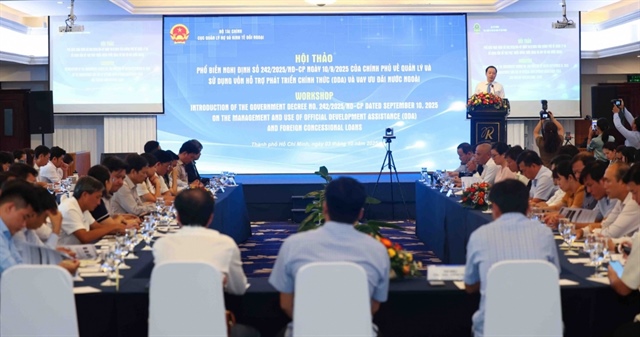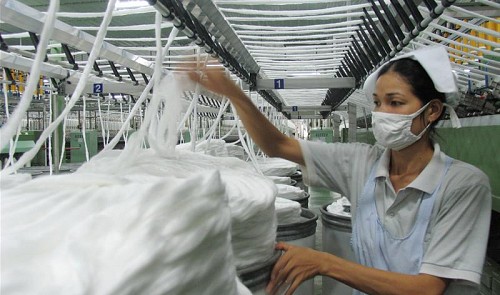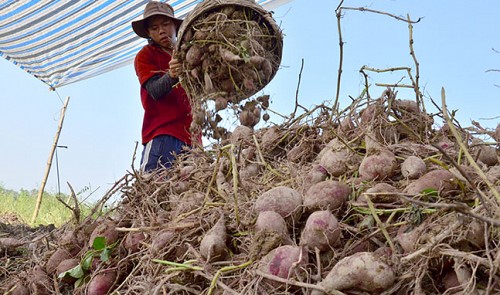Firms try to cut reliance on imports
Firms try to cut reliance on imports
Increasing the localisation rate would be one measure that could reduce enterprises' reliance on imported raw materials, according to independent market watchdogs.
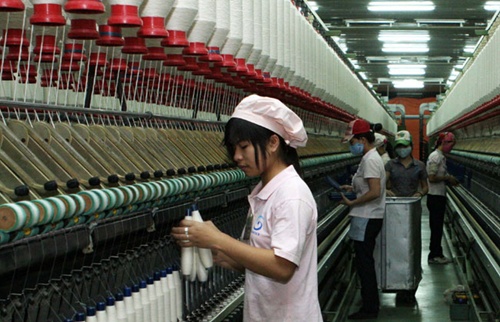
Analysts said that such reliance, including the high rate of materials sourced from the Chinese market, was affecting the economy.
According to the Viet Nam Garment and Textile Association (VGTA), in 2013 the domestic apparel industry used 7.4 billion square metres of fabric, of which up to six billion square metres were imported.
Of the imported fabrics, between three and four billion square metres were from China.
Apparel enterprises using Chinese materials and accessories accounted for up to 80 per cent of the total. Such reliance was causing difficulties as supplies were not stable.
Tran Viet Anh, vice chairman of the HCM City Rubber and Plastics Association, also said that local plastics enterprises were heavily dependent on the Chinese market.
Ninety per cent of machinery and equipment, and 80 per cent of raw materials and accessories used in the local plastics industry came from China, Anh said.
To reduce this reliance, analysts said that domestic businesses needed immediately to diversify materials sources by importing from various countries instead of only China.
Pham Ngoc Hung, deputy head of the HCM City Enterprises Association, however said that many domestic enterprises still lacked information on overseas markets so it would be difficult to find various import markets.
To solve the problem, Hung called on Vietnamese trade promotion agencies abroad and the Viet Nam Chamber of Commerce and Industry to provide domestic enterprises with more detailed information on import markets.
Over the long term, however, Hung said that domestic producers should develop raw material resources inside Viet Nam.
Domestic raw material sources would enable enterprises to take the initiative in their production plans, thus ensuring sustainable development, Hung said.
He said domestic enterprises should increase investment in production technologies and equipment that can help them manufacture standard materials.
In other words, developing support industries was a key measure to help domestic producers reduce reliance on imported materials, he said.
VGTA vice chairman Le Tien Truong said that the association had recently sent an official letter to textile and garment firms calling for them to seek other potential markets to import raw materials and accessories instead of only China.
The agency suggested the domestic textile and garment firms should import fibers from Thailand, South Korea and Indonesia, and import fabrics from South Korea, Thailand and Malaysia, said Truong.
"At present, many large-scale fiber production enterprises have already prepared plans to expand production activities in order to improve their production capacity, meet the fabrics demand of domestic apparel which is expected to increase when Viet Nam officially takes part in the Trans-Pacific Partnership Agreement," he told Tin Tuc (News) newspaper.
However, to increase the localisation rate, the domestic textile and garment industry needs more support policies from the Government, he said.
Le Van Khoa, director of the HCM City Department of Commerce and Industry, proposed that the municipal People's Committee give credit preferences to firms involved in production of raw materials and accessories for the textile and garment industry.
To develop more local raw material sources, Anh of the HCM City Plastics and Rubber Association said that banks should give more loans to enterprises involved in support industries, and the government should give tax preferences.
Such policies would encourage domestic support industries to increase their production activities to ensure supplies of raw materials and limit imports.
bizhub


